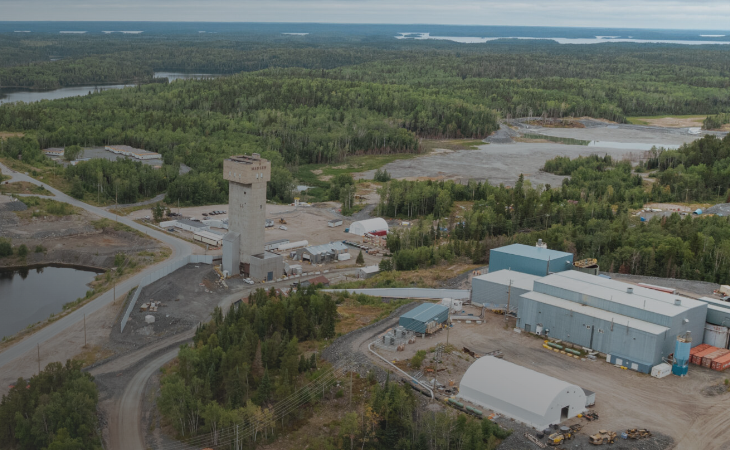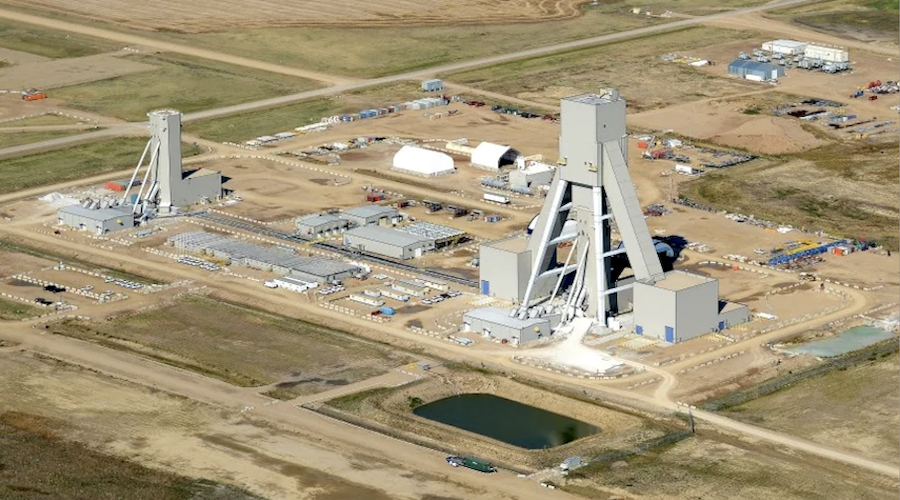While lawyers, analysts and journalists are depicting the Tsilhqot'in Nation v. British Columbia decision as “monumental”, “landmark”, “groundbreaking” and “historical”, the active participants (developers, Aboriginal groups and government) are asking: What does it mean? What does this change?
Despite the earth having apparently moved, one important principle has not changed following this decision. For parties desiring certainty in acquiring rights over lands claimed by First Nations, best practice remains to obtain consent from the affected groups, typically by way of a negotiated and binding agreement. However, the bargaining power now vested in groups that have viable claims to Aboriginal Title is undeniable. Where such a claim exists, the ability of governments to override Aboriginal concerns is significantly constrained.
There are no shortcuts to achieving a full understanding of the impact of this case, and to properly do so, one should (at a minimum) begin with the Calder case, decided by the Supreme Court of Canada in 1973. Indeed, any well-rounded study of the relevant issues involves tackling the cultural, legal, constitutional and above all, historical aspects of the problematic and contentious relationship between Aboriginal peoples and Canada, beginning well over a century ago…
As a starting point, or an alternative to delving into the complexities of Aboriginal law, we have prepared below a set of brief Q&As addressing the questions we are being asked about the case.
Q: What did the Supreme Court grant the Tsilhqot’in First Nation?
A: The Supreme Court of Canada made a declaration of Aboriginal Title to the Tsilhqot’in First Nation over approximately 2,000 square km of Crown land in south-central British Columbia. The area over which title was declared represents 5% of Tsilhqot’in First Nation's traditional territory and less than half of what the Tsilhqot’in originally claimed. No privately-owned land was involved in the final claim.
Q: What is “Aboriginal Title”?
A: Aboriginal Title is not the same as “fee simple” title, being the modern legal concept of ownership of land in Canada. Aboriginal Title is a unique concept that confers a right to control the land and requires governments and other seeking to use the land to obtain the consent of the Aboriginal title holders. However, as discussed below, Aboriginal Title is not absolute and proposed incursions on the land can be justified in certain circumstances.
Q: What does this case mean for lands claimed by other Aboriginal peoples?
A: This is the first declaration of Aboriginal Title granted by a Court. Groups claiming Aboriginal Title to lands now know the legal standard that they need to meet to obtain a declaration from the Courts recognizing or acknowledging their interests.
Q: Does this case make it easier to establish Aboriginal Title?
A: Impossible to say at this point. While the decision provides guidance for establishing Aboriginal Title, it is ultimately a context-specific inquiry that will vary from case to case. Much has been made of the nomadic aspect of the Tsilhqot’in First Nation’s historical use of the lands, but it is important to note that the Tsilhqot’in were required to prove exclusivity, continuity and sufficiency of occupation and use by way of legal proceedings that lasted for over 15 years. The mountainous nature of the terrain (which made intensive occupation impossible) and the lack of competing claims of Aboriginal Title from other groups were key factors in establishing the Tsilhqot’in’s claim. It remains to be seen how the courts will interpret the requirements in less remote areas where there are overlapping claims for title.
Q: What can we expect to see in terms of claims for Aboriginal Title following this case?
A: We anticipate that a number of First Nations will commence actions seeking declarations of Aboriginal Title over claimed lands. The clarity provided by this decision sets the stage for Courts to evaluate evidence and make findings as to declarations of Aboriginal Title with less uncertainty. However, as with the implementation of any new legal guidelines, some uncertainty is bound to persist and the facts of each claim will vary considerably.
Q: How has the Crown’s duty to consult with, and accommodate affected Aboriginal peoples been changed by this decision?
A: Not directly. The Court reaffirmed that the extent of the Crown’s duty to consult and accommodate is determined along a spectrum. The duty to consult and accommodate where there is a potential infringement of Aboriginal Title (whether proven or claimed) is at the high end of the spectrum and is greatest when a declaration of Aboriginal Title is made. Prior to a claim for Aboriginal Title being made, the duty is unchanged.
Q: Once Aboriginal Title is declared, do the relevant Aboriginal peoples have complete control of the use of their lands?
A: Although Aboriginal Title grants the right to exclusive use and occupation of the subject lands, it is subject to important qualifications:
- The land cannot be “alienated except to the Crown”.
- The land cannot be “encumbered in ways that would prevent future generations of the group from using and enjoying it”.
- The land cannot be “developed or misused in a way that would substantially deprive future generations of the benefit of the land”.
- If governments and others wishing to use the lands do not obtain consent, then they must justify the proposed use by demonstrating that the duty to consult and accommodate has been fulfilled, the actions are backed by a compelling and substantive objective, and are consistent with the Crown’s fiduciary obligation to the group.
The practical result is that once Aboriginal Title is established (and perhaps once it appears likely to be established), the importance of obtaining consent from an affected Aboriginal group has been raised to a lofty height…
Q: Are existing agreements with Aboriginal groups affected by this decision?
A: No. The decision should not impact existing agreements with Aboriginal groups.
Q: Does this case affect lands subject to treaties?
A: This case does not directly apply to situations where an Aboriginal group has entered into a treaty. However, historic treaties, as compared with modern comprehensive treaties, have generally been more susceptible to challenges of enforceability. This case does not change that. The infringement of treaty rights is the subject of another case before the Supreme Court of Canada, Keewatin v. Ontario, which is due to be released later this year.
Q: Once Aboriginal Title is established, what happens to approved projects on the lands, and legislation affecting the use of those lands?
A: This portion of the judgment is likely to generate the most uncertainty. Chief Justice McLachlin ruled that after Aboriginal Title is established, projects may be required to be cancelled, and legislation found to infringe on the title may be subject to repeal. It is not clear to what extent this applies retroactively or prospectively, to approvals already gr
anted (or to be granted) and to existing or future legislation.
This article provides a summary overview of only some of the many questions and issues that this case raises, and each topic could easily bear further detailed analysis, especially as to how this ruling impacts specific projects and claims. If you need advice regarding how this case affects your particular circumstances, please contact Stikeman Elliott at www.canadianenergylaw.com.





Comments